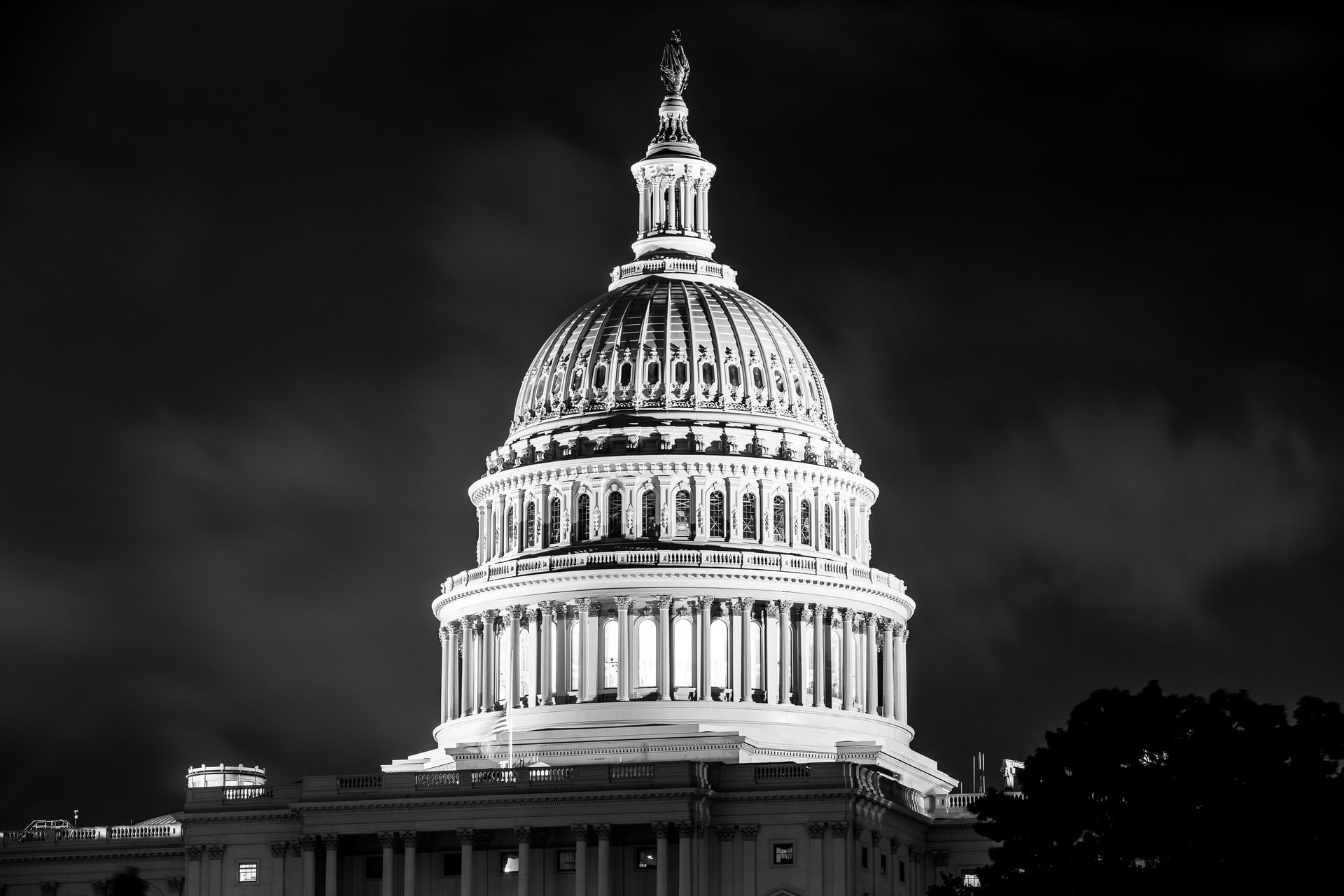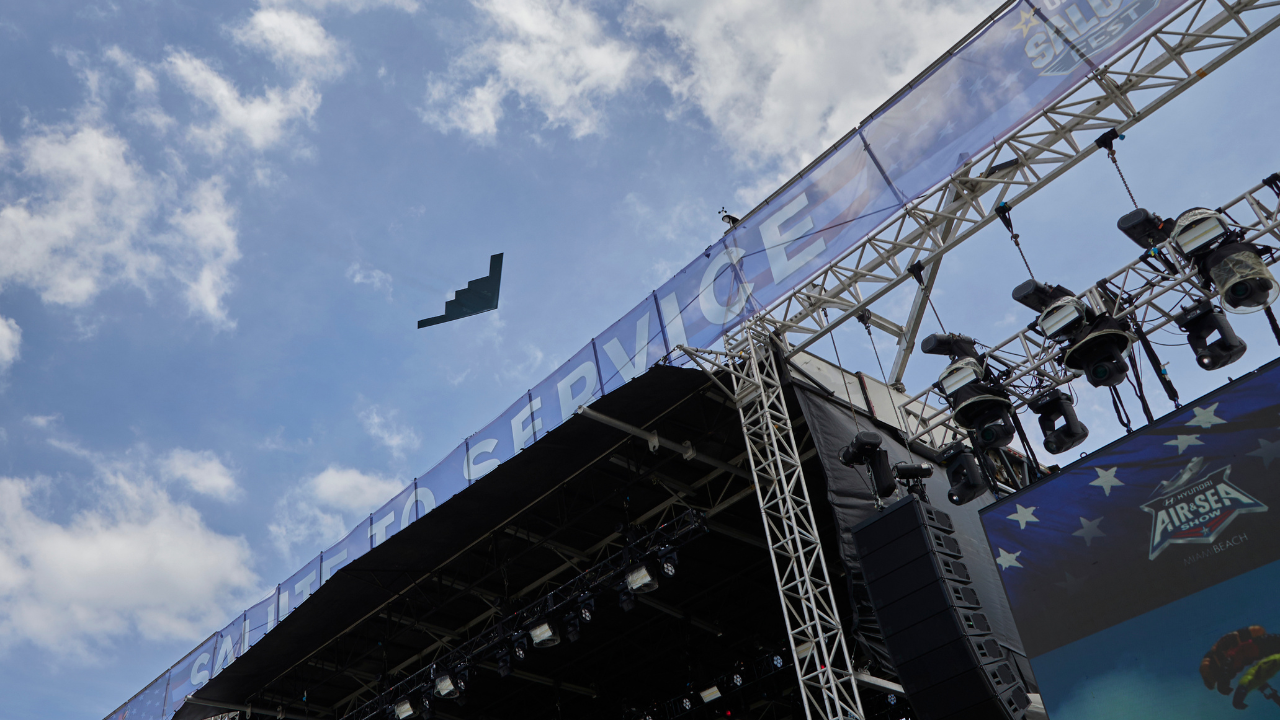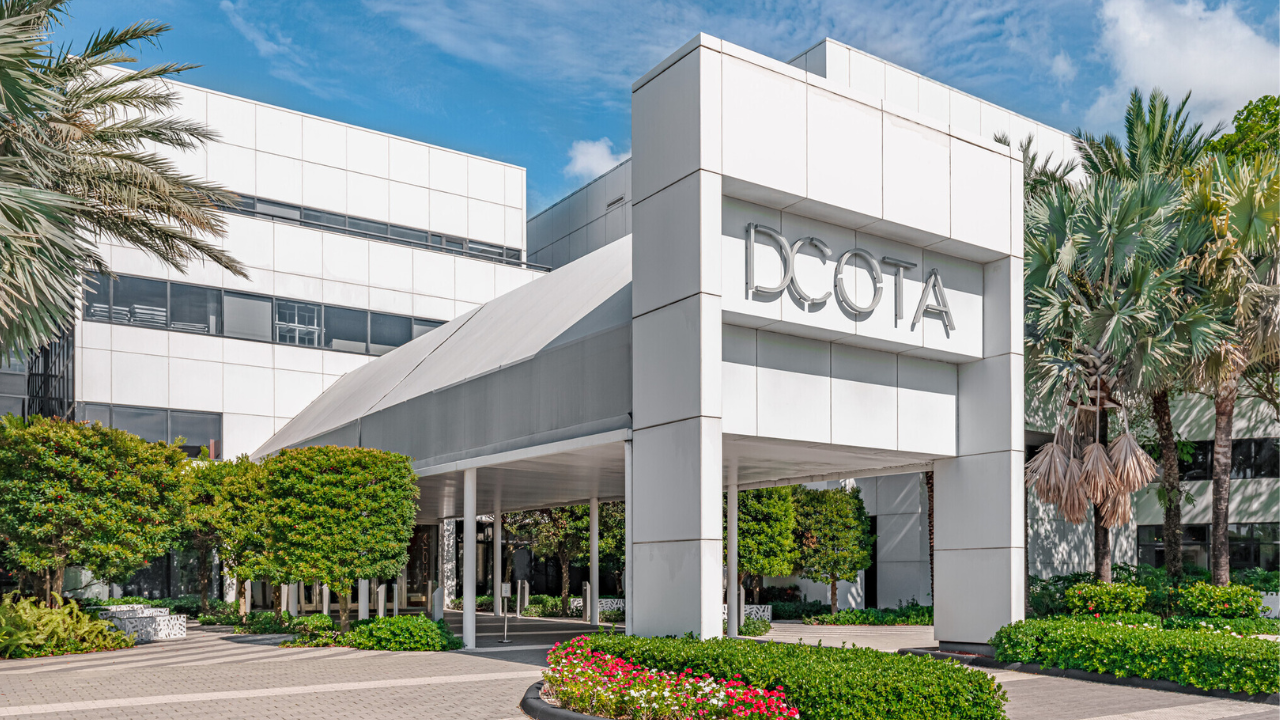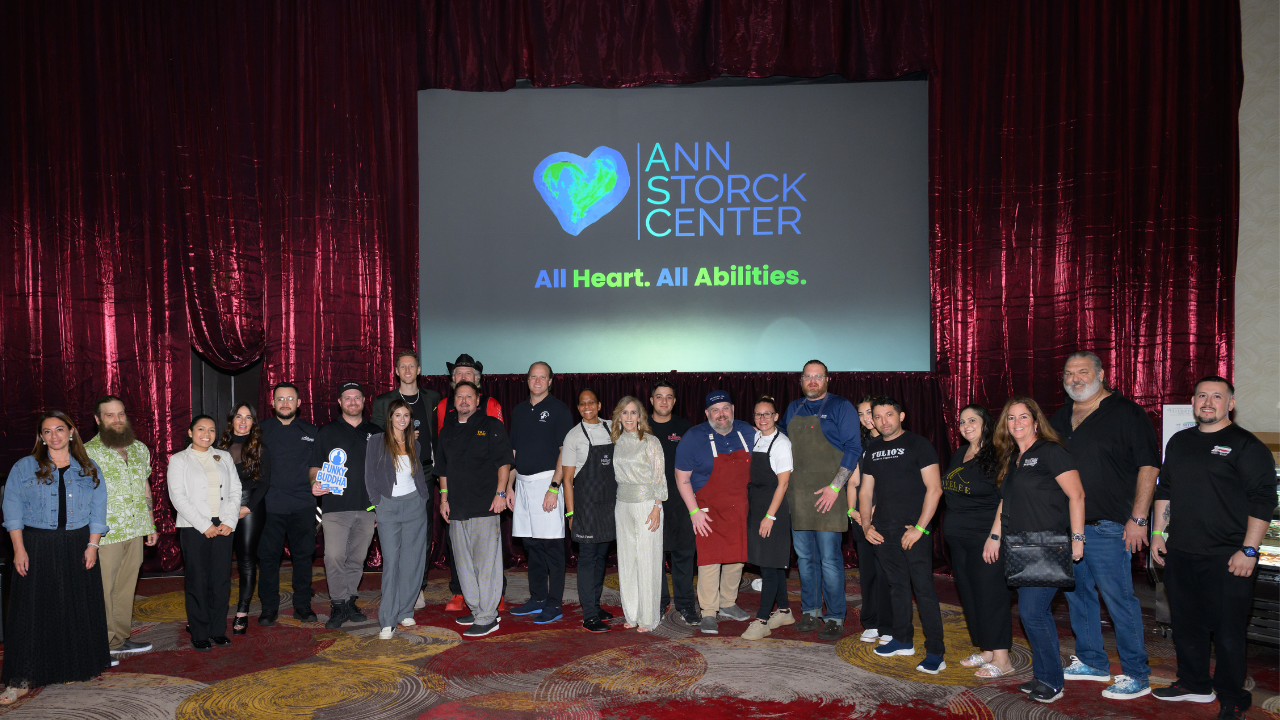After months of delay, Congress hammered out a $900 billion pandemic relief bill with bipartisan support. Neither side got everything they wanted: The Democrats failed to deliver rescue funds for state and local governments, and Republicans had to drop liability protections for businesses. Moreover, Democrats see the bill as down payment for an additional rescue aid package they expect the incoming Biden Administration to push in 2021. Of course, all this is contingent on President Trump’s signature.
Here’s what’s in the bill (a partial list):
—Direct one-time payments of $600 for each adult and child, for incomes up to $75,000 (payment was $1,200 under the CARES Act)
—$300 per week for the federal unemployment insurance supplement (was $600 under the CARES Act)
—Unemployment extensions are part of the deal, 11 additional weeks reported
—As in the CARES Act, freelancers/independent contractors will be covered by UI
—$284 billion for round two of the popular Paycheck Protection Program
—$20 billion in small business grants
—$25 billion in rental assistance, with an extension for eviction moratorium
—$15 billion for theaters and other live venues
—$82 for local schools, colleges and universities
—$10 billion for childcare
—$22 billion for local COVID testing and vaccination
—$14 billion for transportation, including Amtrak and airports
—money for clean energy and broadband
SFBW Analysis for Individuals and Businesses
—As with the CARES ACT, direct payments will likely phase out for incomes over $99,000. Note that adjusted, taxable—not gross—incomes obtain here. For example, a small business or contractor who grosses, say $120,000, might still qualify for the $600 if federal deductions and/or business losses lower their taxable income to below $75,000.
—To successfully score a PPP loan, small business and contractors must show a 25% drop during a 2020 quarter, compared to the same quarter in 2019. So start gathering those bank statements. For the first PPP round, borrowers had to submit 2019 tax returns; for the current round, bank statements and/or payroll records are more likely to be required.
—Note that the SBA has streamlined the loan forgiveness form for borrowers who received loans up to $150,000 from the first round of PPP. Some borrowers do not need to submit paperwork other than the form provided by your lender. In other words, for these borrowers, forgiveness can be pretty close to automatic.
—Forgiveness guidance has been scattershot and incomplete, but do not delay any longer—talk to your lender, whether it’s a big bank like Bank of America, or a mobile payment company like Square, which was permitted to process some PPP loans during the first round.
—Note that mobile payment companies like Square and PayPal were lifesavers for PPP borrowers who were put off by banks, which were more restrictive in terms of red tape, process and eligibility. Keep checking to see if they will be part of the mix for the second round. Watch this space.
—If the first round of PPP is any guide, the entire loan can be forgiven if the borrower can show that the loan was used for salaries and other eligible expenses (e.g. business utilities). Once again, if the process for the first round is any indication, borrowers up to $150,000 may not need to document how the money was spent.














